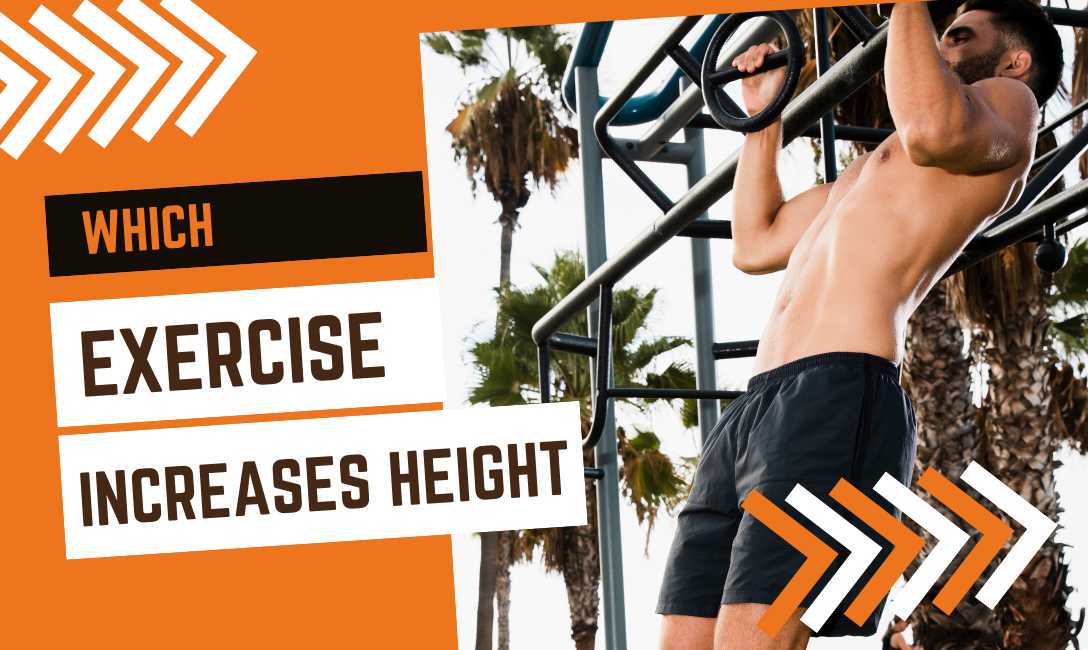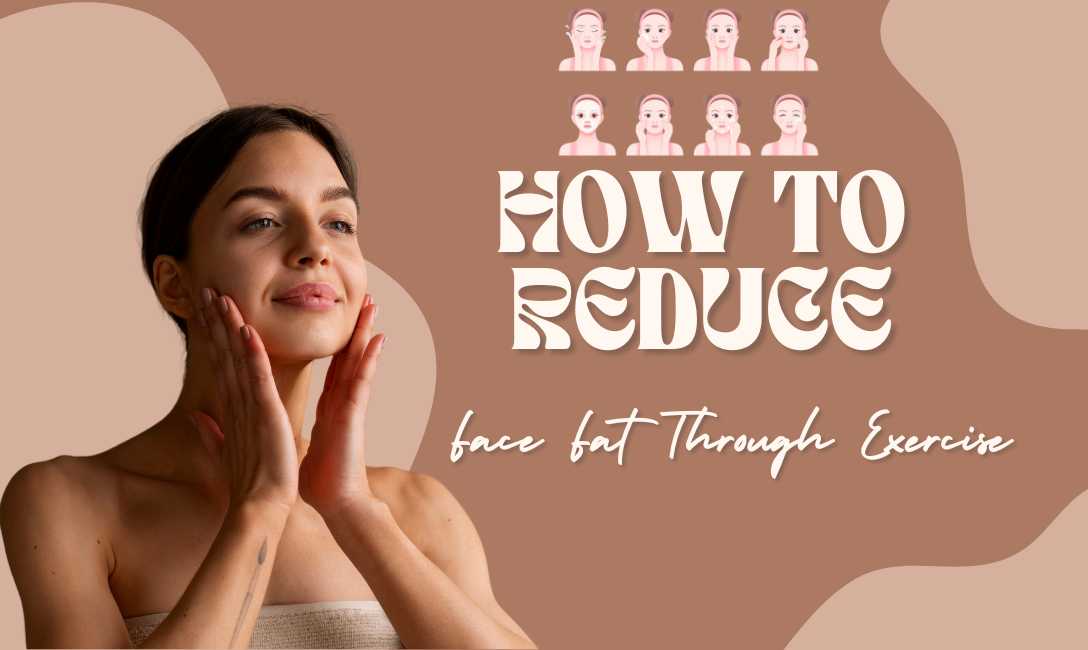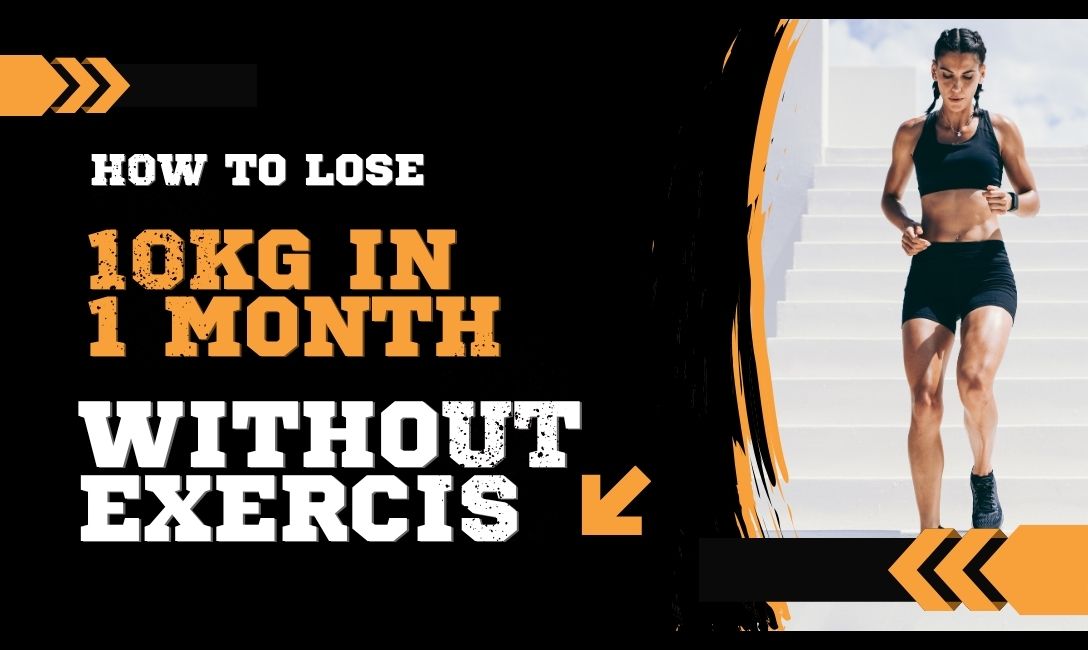Height plays a crucial role in one’s appearance, confidence, and personality. While genetics are the dominant factor determining height, lifestyle choices—especially nutrition and exercise—can influence growth, particularly during adolescence. Many people wonder, which exercise increases height? This article explores the best height-increasing exercises and explains how they work to help improve your posture, strengthen your spine, and promote natural growth.
Can Exercise Really Increase Height?
Before diving into specific exercises, it’s essential to understand how height works. Height is influenced by:
- Genetics: Accounts for about 60-80% of height.
- Nutrition: Essential for growth and bone health.
- Hormones: Growth hormone (GH), thyroid hormone, and sex hormones influence growth.
- Sleep: Growth hormone is secreted during deep sleep.
- Physical Activity: Stimulates the production of growth hormone and helps maintain proper posture.
While exercises can’t change your genetic height, they can maximize your potential height, especially when done during the growth years (up to 18-21 years). After that, while you can’t increase your bone length, you can improve posture and spinal alignment, which can add 1-2 inches in perceived height.
1. Hanging Exercises
Why it works: Hanging from a bar helps decompress the spine and counteracts the compression caused by gravity.
How to do it:
- Find a strong horizontal bar at least 7 feet above the ground.
- Jump and grab the bar with both hands shoulder-width apart.
- Hang for 15-30 seconds, keeping your body relaxed.
- Do 3 sets daily.
Pro Tip: Add ankle weights as you progress to improve spinal decompression.
2. Cobra Stretch (Bhujangasana)
Why it works: This yoga pose stretches the spine and strengthens the back muscles, encouraging the growth of cartilage between vertebrae.
How to do it:
- Lie face down on the mat.
- Place your hands under your shoulders and gently lift your torso.
- Arch your back and hold the pose for 15-20 seconds.
- Repeat 3-5 times.
3. Pelvic Tilts / Bridge Pose
Why it works: This exercise stretches the lower spine, hips, and abdomen while strengthening the back.
How to do it:
- Lie flat on your back, knees bent, feet flat on the ground.
- Raise your pelvis upward while keeping your shoulders and feet on the floor.
- Hold the position for 10-15 seconds.
- Repeat 10-15 times.
4. Swimming
Why it works: Swimming involves stretching the whole body and is one of the best full-body workouts that supports height growth, especially during puberty.
Recommended Styles:
- Breaststroke
- Front crawl
- Backstroke
Duration: At least 3–5 times a week, 30–45 minutes per session.
5. Jumping Exercises (Skipping or Jump Squats)
Why it works: These exercises put stress on your legs and spine, stimulating growth hormone and improving bone density.
a. Skipping (Jump Rope):
- Do at least 500–1000 jumps a day.
- Keep your spine straight and land gently on your toes.
b. Jump Squats:
- Stand straight with your feet shoulder-width apart.
- Squat and explode upward.
- Land softly and repeat for 3 sets of 15 reps.
6. Toe Touching and Forward Bends
Why it works: Stretching the hamstrings and spine increases flexibility and encourages spinal elongation.
How to do it:
- Stand tall, slowly bend forward without bending your knees.
- Try to touch your toes.
- Hold for 10–20 seconds, repeat 10 times.
Variation: Try sitting toe touches or yoga forward bends like Paschimottanasana.
7. Dry Land Leg Kicks
Why it works: Aimed at mimicking swimming kicks, these exercises help in leg muscle elongation and flexibility.
How to do it:
- Lie on your stomach with arms extended.
- Lift one leg at a time and kick in the air.
- Do 2–3 sets of 15 reps per leg.
8. Side Stretch
Why it works: This stretches the muscles along the sides of your body and helps elongate the lower spine.
How to do it:
- Stand straight and raise both arms above your head.
- Lean to the right and hold for 10 seconds.
- Return and lean to the left.
- Repeat 10 times on each side.
9. Cat and Cow Stretch (Chakravakasana)
Why it works: This yoga pose promotes spinal flexibility and posture correction.
How to do it:
- Get on all fours.
- Inhale, arch your back (cow pose).
- Exhale, round your spine (cat pose).
- Continue for 10–15 breaths.
10. Mountain Pose (Tadasana)
Why it works: A foundational yoga pose that aligns your body, improves posture, and strengthens the spine.
How to do it:
- Stand tall with feet together, arms at your sides.
- Raise your arms overhead and stretch your body upward.
- Hold the stretch for 20–30 seconds.
- Repeat 5–10 times.
11. Chin-Ups and Pull-Ups
Why it works: Strengthens your upper body, spine, and shoulders, aiding in posture correction and muscular development.
How to do it:
- Use a sturdy pull-up bar.
- Do 3 sets of 5–10 reps (as per capacity).
- Focus on controlled movement.
12. Sprints and High-Intensity Interval Training (HIIT)
Why it works: Intense workouts like sprinting increase growth hormone levels, enhance muscle tone, and improve overall posture.
Routine:
- Sprint for 20 seconds, walk for 40 seconds.
- Repeat 10 rounds.
- Do this 2–3 times per week.
Bonus: Posture Correction Exercises
Improving posture can help you look taller instantly and relieve pressure on the spine.
a. Wall Angels
- Stand against a wall, arms raised like goalposts.
- Slowly raise and lower arms.
- Helps strengthen upper back and shoulders.
b. Planks
- Hold a forearm plank for 30–60 seconds.
- Builds core strength that supports a straight posture.
Tips to Maximize the Effect of Height-Increasing Exercises
- Consistency is Key: Do these exercises daily or on alternate days for best results.
- Nutrition Matters: Ensure adequate protein, calcium, vitamin D, and zinc in your diet.
- Proper Sleep: Aim for 7–9 hours of quality sleep to allow for natural growth hormone release.
- Avoid Poor Posture: Sit and walk upright. Avoid slouching and using overly soft chairs for long periods.
- Stay Hydrated: Dehydration affects spinal discs and flexibility.
How Long Does It Take to See Results?
- Teenagers (Under 18): Results may be visible within 3–6 months with consistent practice and proper diet.
- Adults: You can’t increase bone length after growth plates close, but improving posture and stretching can add 1–2 inches in perceived height over time.
Who Should Do These Exercises?
- Teenagers & Pre-teens: Best candidates, as they are still in the growth phase.
- Young Adults (18–25): Can still gain marginal height or improve posture.
- Adults (25+): Focus more on posture, flexibility, and core strength.
Exercises That May NOT Help Increase Height
- Heavy weightlifting at an early age (can damage growth plates if done incorrectly).
- Sedentary activities like long sitting hours without stretching.
- Excessive cardio without strength/stretch balance.
Which Exercise Increases Height? Conclusion
So, which exercise increases height? While no magic workout can override genetics, a combination of stretching, yoga, swimming, jumping, and posture-correcting exercises can optimize your body’s growth potential—especially during adolescence.
For adults, improving posture, core strength, and spinal alignment through targeted exercises can make you look taller and feel more confident. Pair your exercise routine with a nutritious diet, adequate rest, and a healthy lifestyle to maximize the benefits.
Which Exercise Increases Height? FAQs
1. Can exercise increase height after 18?
Growth plates usually close after 18–21 years, but posture improvement and spinal decompression exercises can help adults gain 1–2 inches in perceived height.
2. Does skipping increase height?
Yes, skipping stimulates growth hormone production, improves posture, and strengthens the spine and legs—beneficial for height.
3. How many times a day should I exercise to increase height?
Once a day is sufficient. Focus on quality and consistency rather than duration. Aim for 30–60 minutes daily.
4. Can I do these exercises at home?
Absolutely. Most height-increasing exercises like yoga, hanging, and stretches can be done with minimal equipment at home.
5. Does swimming make you taller?
Swimming stretches the body and spine, especially if practiced during growth years. It also improves flexibility and posture.




